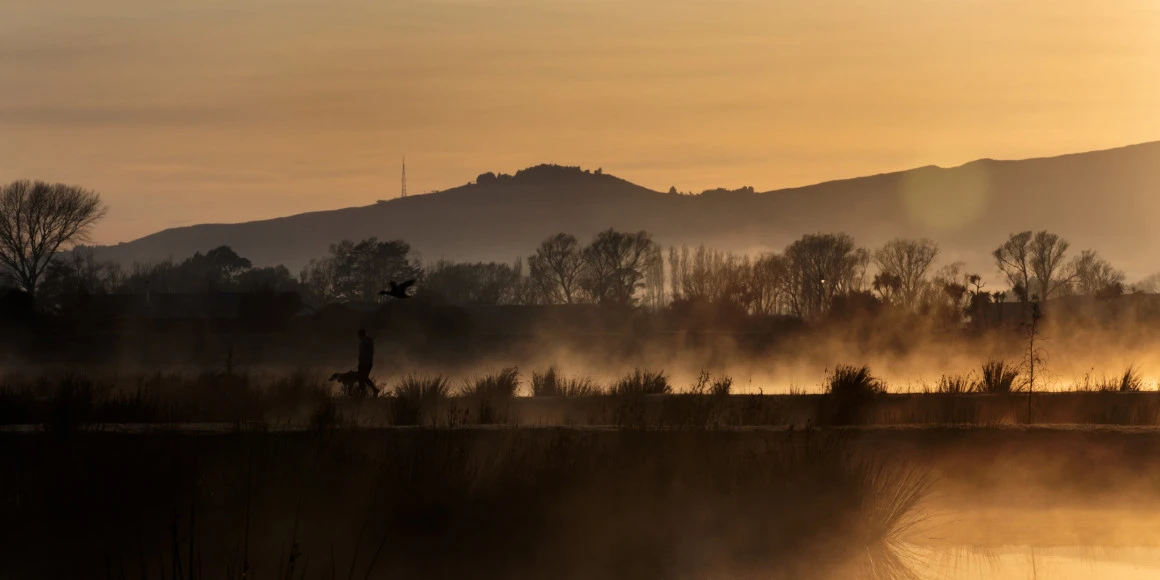Te Whāriki is a
Ngāi Tahu Property development
Mō tātou, ā, mō kā uri ā muri ake nei. We drive profit but are purpose driven and live by the values handed to us by Te Rūnanga o Ngāi Tahu. Through excellence in sustainable land use, an inter-generational approach to investment, and a commitment to developing environmentally sensitive new buildings and communities, we ensure that we leave a treasured bequest for future generations of Ngāi Tahu.









